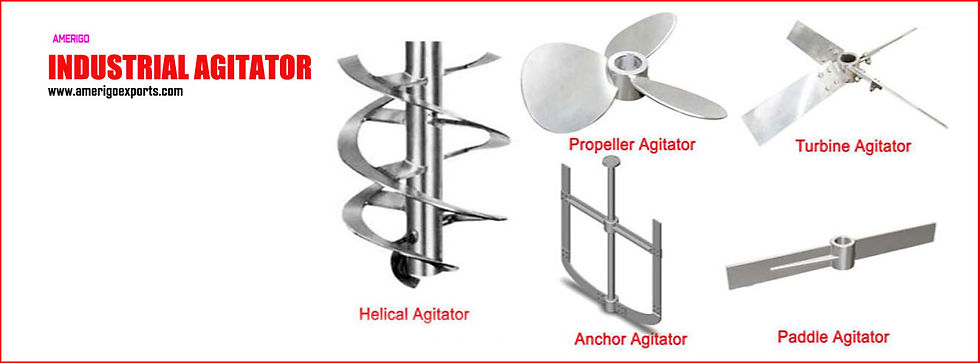GRP FRP TANK Manufacturers
- Amerigo Exports
- Sep 21, 2023
- 2 min read
FRP stands for Fiberglass Reinforced Plastic, and an FRP tank is a type of storage tank made from this material. These tanks are used for various industrial, commercial, and residential purposes due to their durability, corrosion resistance, and lightweight nature. Here are some key features and uses of FRP tanks:
Corrosion Resistance: FRP GRP tanks are highly resistant to corrosion from chemicals and environmental factors, making them suitable for storing acids, alkalis, and other corrosive substances.
Lightweight: FRP tanks are relatively lightweight compared to tanks made of materials like steel, which makes them easier to transport and install.
Strength: Despite their lightweight nature, FRP tanks are strong and have a high tensile strength, making them suitable for withstanding pressure and stress.
Customizable: FRP tanks can be designed and manufactured to meet specific requirements, including size, shape, and capacity. This flexibility makes them suitable for various applications.
Insulation: FRP tanks provide natural insulation properties, which can be useful for storing liquids that need temperature control.
Low Maintenance: These tanks require minimal maintenance over their lifespan, reducing operational costs.
Applications: FRP tanks are used in a wide range of industries, including chemical processing, water treatment, wastewater management, food and beverage, agriculture, and more. They are commonly used for storing water, chemicals, oils, and various other liquids.
Environmental Considerations: FRP tanks are environmentally friendly in the sense that they do not corrode, leak, or contaminate the stored liquids, reducing the risk of environmental hazards.
Cost-Effective: While the initial cost of FRP tanks may be higher than some alternatives, their long-term durability and low maintenance costs often make them a cost-effective choice over time.
Installation: FRP tanks are typically easier to install than some other tank materials due to their lightweight construction. However, proper installation is essential to ensure their integrity and performance.
It's important to note that while FRP tanks have many advantages, they also have limitations and specific requirements for safe usage, such as proper support, venting, and maintenance. The specific design and usage of an FRP tank will depend on the intended application and the substances it will store. It's crucial to consult with experts and adhere to relevant regulations when using FRP tanks for specific purposes.





Comments